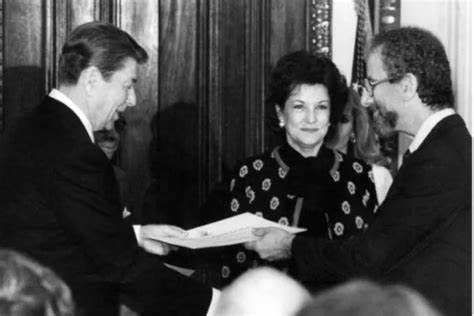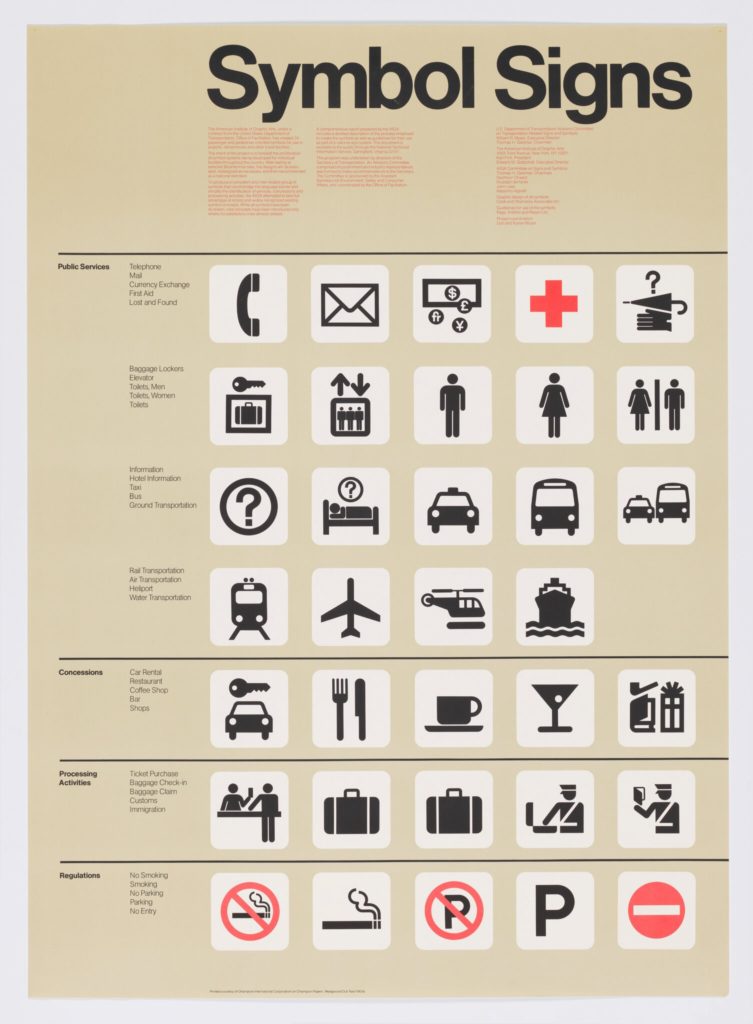Every time you use iconic symbols, you owe it to this Palestinian Immigrant.
Rajie ‘Roger’ Cook, renowned graphic designer, Middle East peace activist, and author was the person behind creating pictograms that, among others, designate men’s and women’s restrooms, and no-smoking areas.
Born to Palestinian immigrants, Mr. Cook became immersed in a personal quest for peace in the Middle East, and he took many trips to the region to document and publicize issues that were important to him.
Rajie means “hope” in Arabic, and his family said in a tribute that Mr. Cook’s art and dedication to peace everywhere is a “tribute to curiosity, creativity, love, and above all, his namesake, hope.”
For much of his career, Mr. Cook was known as Roger Cook, thanks to a fourth-grade teacher’s. “My teacher thought Rajie was too difficult to pronounce,” and suggested Roger instead. Even his last name, was someone else’s idea. His paternal grandfather’s last name was Suleiman, but he was given the nickname Kucuk, the Turkish word for small, by Turkish occupiers because of his small stature; later, when the British occupied Palestine, they turned that into Cook.
Mr. Cook told his book publisher. “It will never be silenced.” “My art will be my voice long after I have gone”.
Rajie Cook often joked that museumgoers were more likely to encounter his artwork in their travels than a portrait by Matisse or a landscape by van Gogh. They saw it whenever they took an elevator to an upper gallery or stopped in the restroom.
Mr. Cook earned national recognition on Jan. 30, 1985, when President Ronald Reagan honored him with a Presidential Design Award for his 1974 work in creating a collection of iconic public symbols, including the ubiquitous pictograms that designate men’s and women’s restrooms, and no-smoking areas.
In the 1970s, Rajie Cook and his associate Don Shanosky were asked to develop a set of symbols that could efficiently convey the kinds of information people in a public place might need. The 34 pictographs they designed are still in use today. Image and caption via the New York Times.
Every time you look up to see where you need to go, make sure to give Rajie a ![]() thumbs up!
thumbs up!
Rajie “Roger” Cook was 90 years old when he passed away on Feb. 6, 2021.






